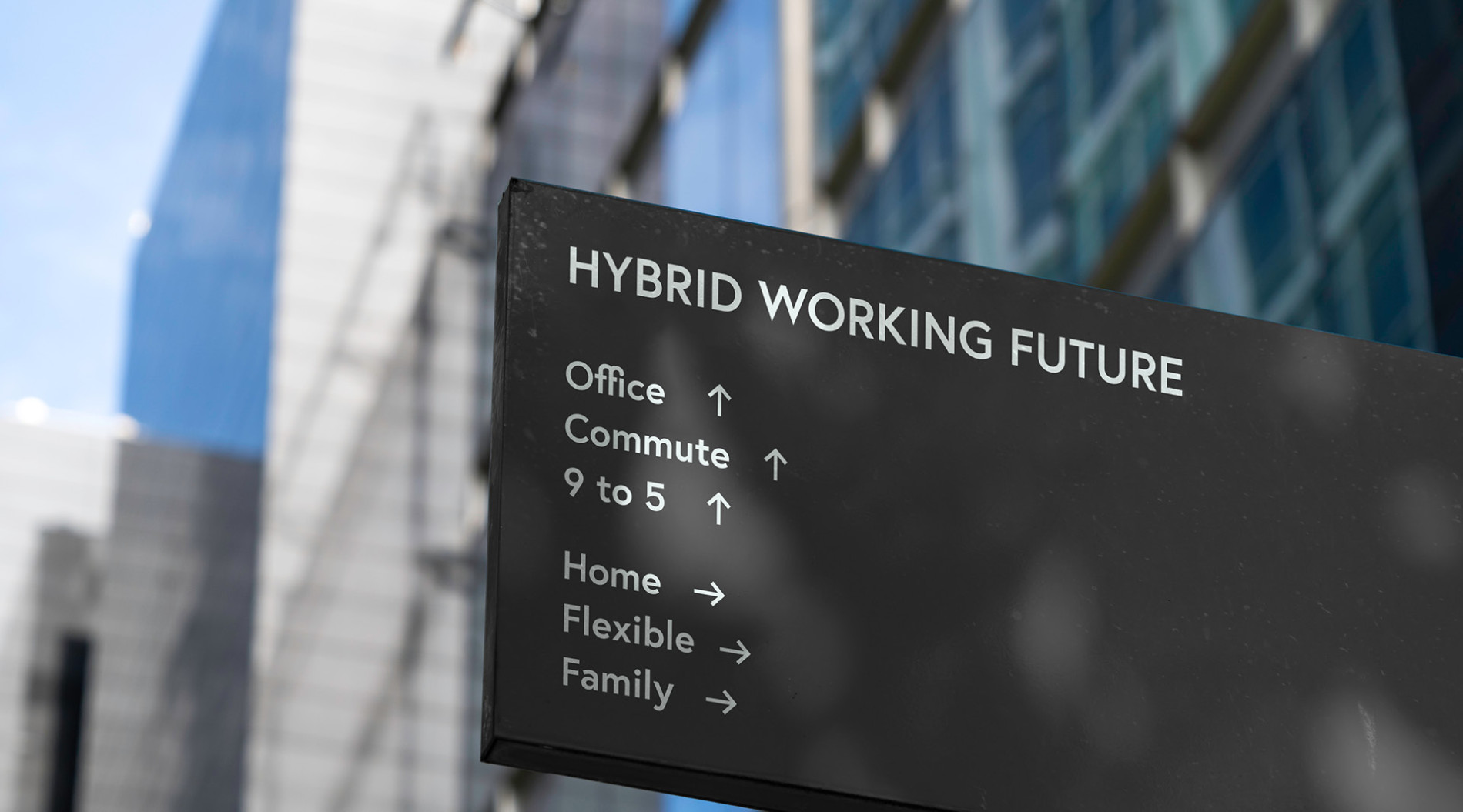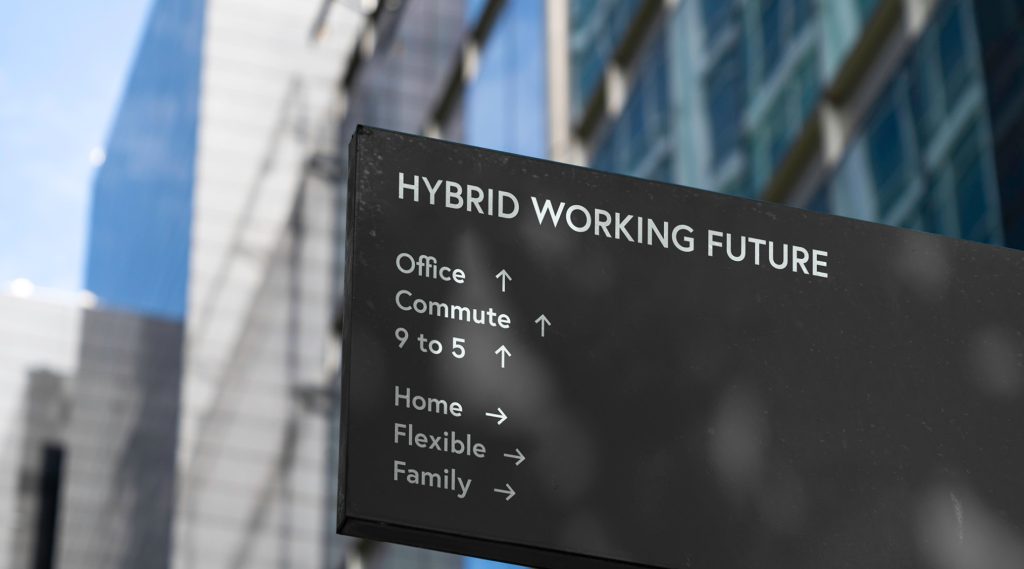Set New Hires Up For Success: Building An Effective Retail Onboarding Programme
In an evolving and dynamic retail landscape, the success of your business can be heavily impacted by how well you integrate new employees into your organisation. Research by Jobs and Skills Australia shows that more than half of retail employers have to replace staff every 6 months or more, and almost 20% have to replace positions every 3 to 6 months. The impact of this is a significant increase in recruitment costs and time spent recruiting and training new hires. These figures highlight that an effective onboarding programme isn’t just a nice-to-have—it’s essential for sustainable growth and maintaining competitive advantage.
The fast-paced nature of retail, combined with seasonal hiring demands and diverse role requirements, continues to create unique challenges for HR professionals. But research shows that a well-structured onboarding programme can increase employee retention by a staggering 82%. Interestingly, 30% of the companies surveyed in the Jobs and Skills Australia report said they had no strategy to retain staff, while only 6% cited improving their recruitment and onboarding as a way to improve retention. This highlights a huge opportunity for retailers to reap the financial and operational benefits of investing in an effective onboarding programme.
Let’s explore how to create an onboarding programme that sets your new hires—and your business—up for success.
Why Onboarding Matters in Retail
The retail sector faces distinct challenges when it comes to employee retention and development. High turnover rates, seasonal staffing fluctuations, and the need to maintain consistent customer service standards across multiple locations make effective onboarding crucial. Studies indicate that retailers with robust onboarding programmes experience shorter time-to-productivity, increased employee retention and higher employee engagement which in turn positively affect customer satisfaction and your bottom line.
Beyond the numbers, effective onboarding creates a strong foundation for long-term success. When your employees feel supported and well-prepared from day one, they’re more likely to become engaged team members who deliver exceptional customer experiences and contribute to your company’s growth.
Essential Elements of an Effective Onboarding Programme
Pre-boarding: Making the First Move
Don’t wait for the first day to begin the onboarding process. Engage new hires before they start by sending welcome emails or videos that introduce them to your company culture. Provide early access to training materials and necessary documentation through a secure portal, allowing them to familiarise themselves with basic procedures at their own pace.
Creating a Memorable Day-One Experience
First impressions matter. Structure the first day to be welcoming and informative rather than overwhelming. Personalise the experience by having their workstation ready, providing a welcome pack, and introducing them to their dedicated mentor or buddy. This approach helps new employees feel valued and supported from the start.
Role-Specific Training That Works
Retail success demands mastery of specific skills, from customer service techniques to point-of-sale systems operation. Design hands-on training sessions that replicate real-world scenarios. For instance, role-playing exercises can help new cashiers practice handling different types of transactions and customer interactions. Use a mix of shadowing experienced staff and supervised practice to build confidence gradually.
Cultural Integration: Beyond the Basics
Help new hires understand and embrace your company’s values and mission through interactive sessions and team-building activities. Share success stories that exemplify your culture and arrange informal meet-and-greets with team members across different departments. This helps to create a sense of belonging and purpose beyond daily tasks.
Get Started: Implementing Your Onboarding Programme
1. Start with a Thorough Assessment
Begin by evaluating your current onboarding process. Survey recent hires about their experience, identify common frustrations, and analyse where new employees typically struggle. This information provides valuable insights for improvement and helps prioritise changes.
2. Build a Collaborative Framework
Success requires buy-in from all stakeholders. Create a working group that includes managers, experienced employees, and HR representatives to design and refine your onboarding programme. Clear communication channels and defined responsibilities ensure smooth implementation across all locations.
3. Customise Your Approach
One size doesn’t fit all in retail onboarding. Develop role-specific training pathways that address the unique requirements of different positions, from sales associates to warehouse staff. Consider creating separate programmes for full-time, part-time, and seasonal employees to ensure relevant training without unnecessary complexity.
4. Embrace Technology Wisely
Leverage digital tools to streamline administrative tasks and deliver consistent training experiences. A good Learning Management System (LMS) can track progress, deliver interactive content, and provide valuable analytics. However, remember that technology should enhance, not replace, human interaction in the onboarding process.
5. Maintain the Human Touch
Assign mentors or buddies to provide ongoing support and guidance. Schedule regular check-ins with supervisors to discuss progress and address concerns. These personal connections help new hires navigate workplace dynamics and feel supported in their journey.
6. Establish Clear Milestones
Create a structured 90-day roadmap that outlines key learning objectives and achievements. This helps new employees understand their progress and what’s expected of them at each stage. Include regular feedback sessions to ensure they’re on track and feeling confident in their role.
7. Invest in Continuous Development
Build ongoing learning opportunities into your onboarding programme through micro-learning sessions that can be completed during quiet periods. Implement regular refresher courses on essential skills and new product knowledge. Consider creating a clear pathway for career progression by introducing advanced training modules that ambitious employees can access once they’ve mastered the basics.
8. Measuring Success and Continuous Improvement
Track key performance indicators such as time-to-productivity, retention rates, and employee satisfaction scores. Gather feedback at regular intervals (one week, one month, three months) to identify areas for improvement. Use this data to refine your programme continuously and demonstrate ROI to stakeholders.
Taking the Next Step
Creating an effective retail onboarding programme requires careful planning and ongoing commitment, but the benefits far outweigh the investment. Lower turnover rates, improved employee engagement, and enhanced customer satisfaction create a strong business case for prioritising onboarding excellence.
Ready to transform your retail onboarding programme? Contact Adecco today for expert guidance. Our team of specialists can help you design and implement a programme that drives results for your organisation.











